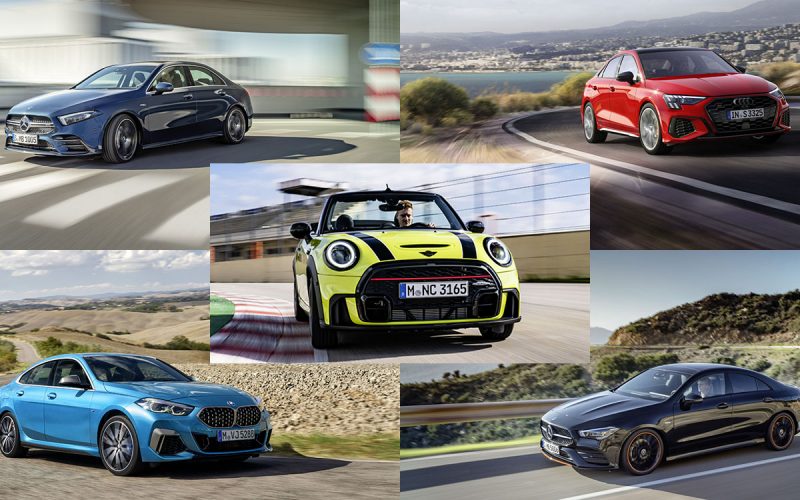
Reading Time: 22 minutesSmall luxury sedans and hatchbacks aren’t selling as well as they once did, but some brands
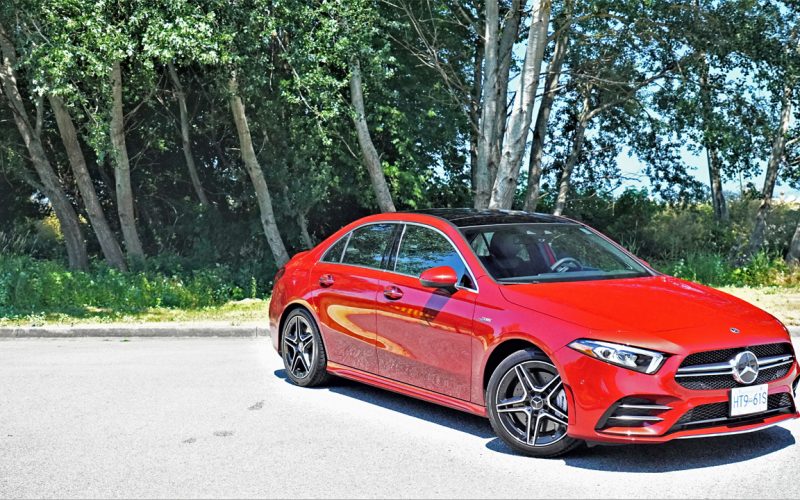
Reading Time: 8 minutesI want you to feel good about being Canadian for a moment. No, it’s not for
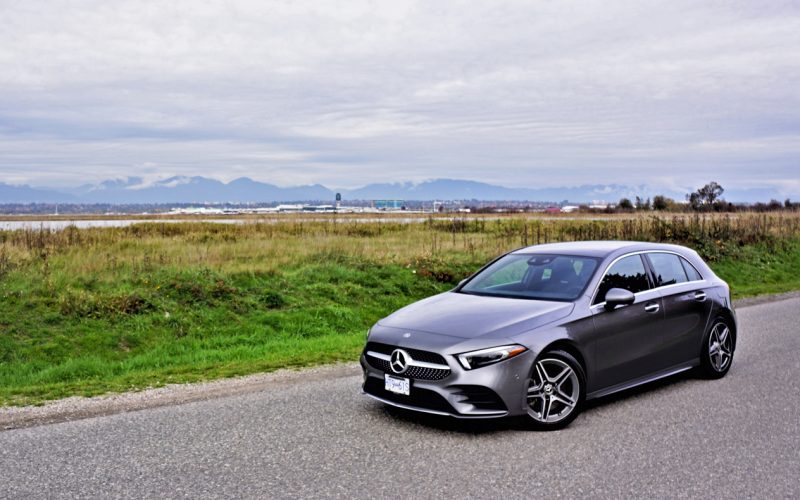
Reading Time: 15 minutesMercedes was a forerunner in the subcompact luxury class with its B-Class MPV back in 2005.
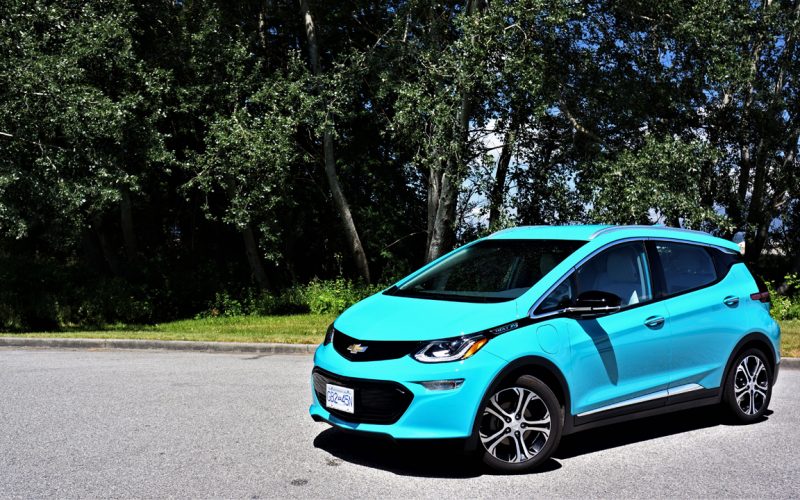
Reading Time: 11 minutesAs far as subcompact hatchbacks go, Chevy’s Bolt is la crème de la crème. Some time
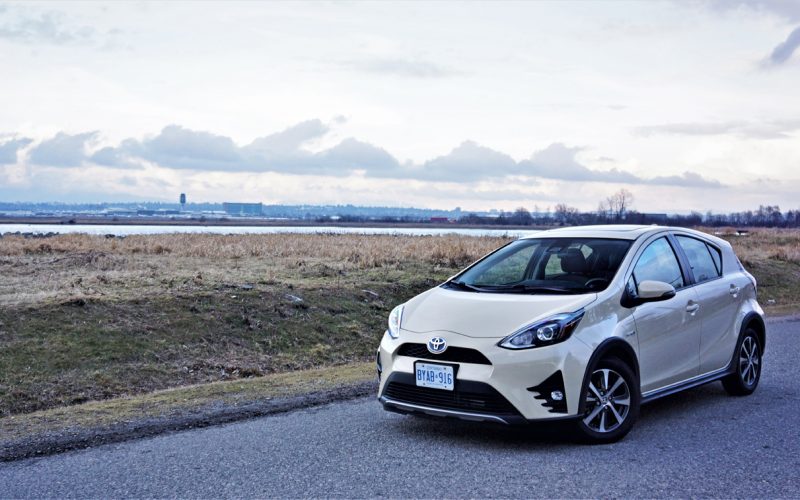
Reading Time: 8 minutesIn case you hadn’t heard, the Prius C was discontinued as 2019 came to a close,
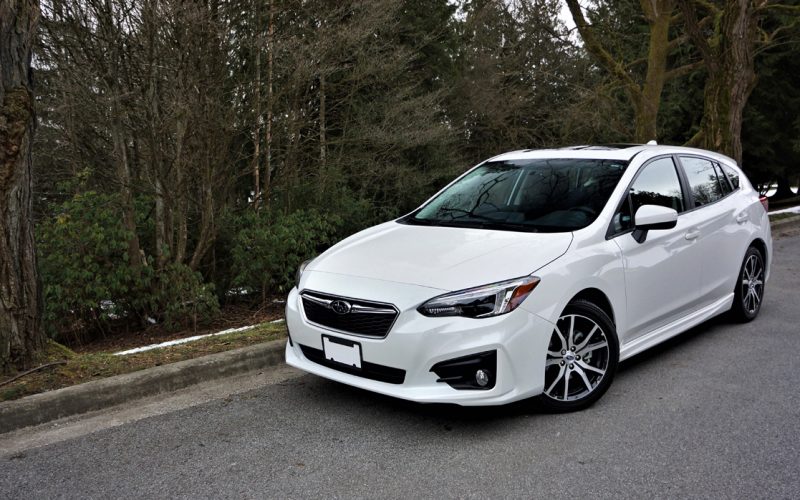
Reading Time: 11 minutesThe compact class is incredibly competitive in Canada, but thanks to continually improving its exterior design,
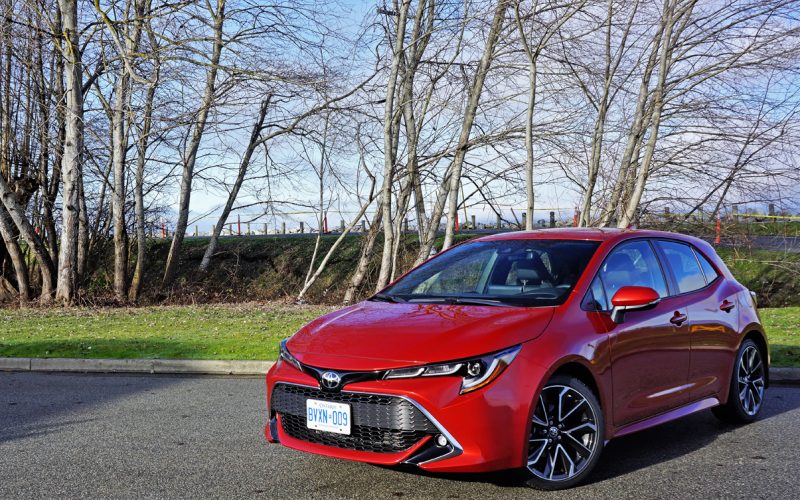
Reading Time: 12 minutesToyota may have said sayonara to its Scion line a few years ago, but the youth-oriented
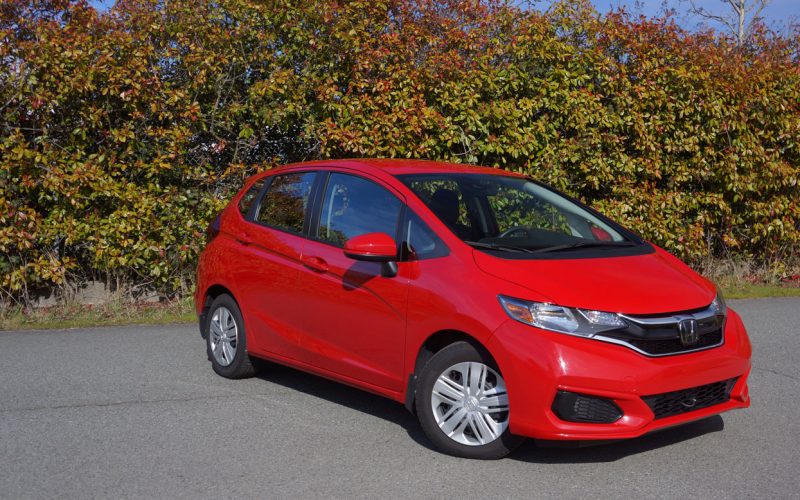
Reading Time: 8 minutesThe Fit is the least expensive way to put a Honda car in your garage, but
© 2025 The Car Magazine. All Rights Reserved, Privacy Policy | Terms of Use